Sustainability above Manhattan: a walk on a former railway - Sustainable New York

If you think of sustainability and sustainable tourism, would you book a ticket to New York?
Well, I did and I learnt something I didn’t expect about that crazy city that never sleeps.
Www.travelandleisure.com considers it the third most popular landmark in New York, and the tenth in the World: the High Line, a former railway, laid in a state of abandonment for 26 years before being given new life at the end of last century.
The High Line was inaugurated in 2006 as a walkway sided by seasonal plants, that a group of volunteers contribute to clean and mantain in an excellent state.
The first train run on it in 1934 as an alternative to trains that, at ground level, would kill a lot of people every year.It was obsolete 40 years later, and in 1980 the last train run on it.
The High Line was going to be dismantled, but two residents of the neighborhood advocated for its preservation and use as a public space. James Corner Field Operation, a landscape architecture firm, Diller Scofidio + Renzro, and Piet Oudolf planting designer, were selected to design the new High Line, taking sustainability criteria into account.
And they did a great job indeed.
Parts of the tracks were preserved and displayed, and the plants are meant to recall the self-seeded ones that grew during the 26 years of abandonment.
This is what you can read on the High Line’s website”The species of perennials, grasses, shrubs and trees were
chosen for their hardiness, sustainability, and textural and color variation, with a focus on native species. Many of the species that originally grew on the High Line’s rail bed are incorporated into the park’s landscape.”
But the High Line is not just a nice walk: it offers activities for all sorts of people, from guided tours to snowmen competitions. Not to speak of Valentine Day’s activities.
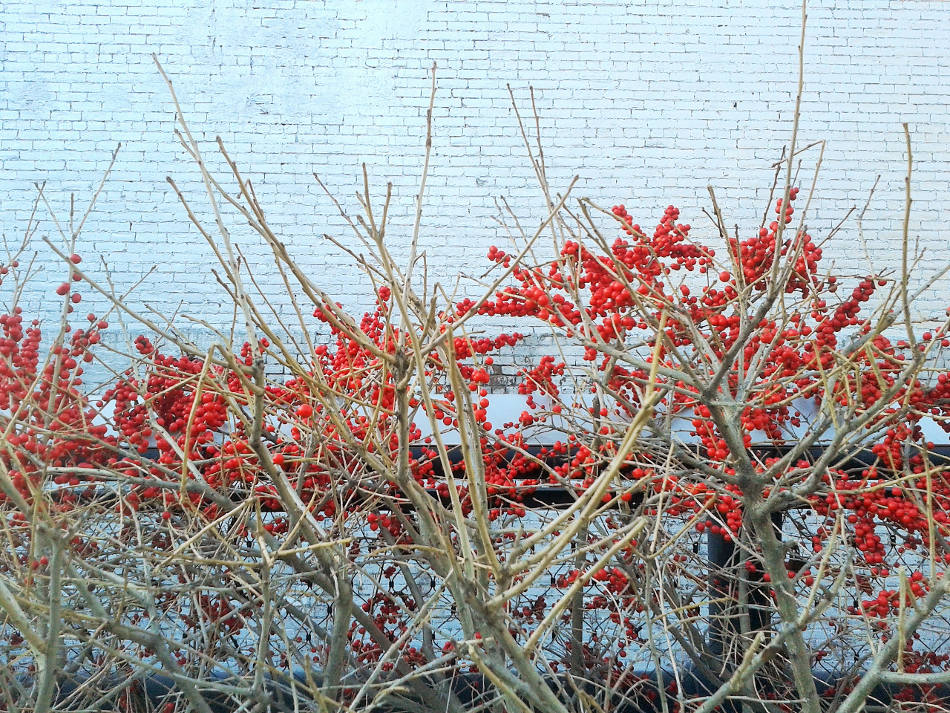
The High Line is divided into three sections, and at both ends you can find a noticeboard with all the activities of the day, a photo of the day, and where you can find one of their moving info points. It is updated on a daily basis.
With more than 60.000 visitors on one of its busiest days, the High Line offers not only a good view and a nice walk, but above all it is an escape from New York’s commercial activity, just above the West Village.
Caterina Giusto
Sources: www.thehighline.org
The Zero Waste Program: San Francisco - 2012

The Zero Waste Program is a non-profit organization designed to promote tools, practices, and city policy to reduce toxins and waste in San Francisco.
This program assists San Franciscan businesses, city government, and universities, such as the University of San Francisco and San Francisco State University, in creating sustainable solutions for our environment. Imagine a world in which nothing goes to the landfills or incinerators. We think it’s achievable, and SF Environment is doing everything we can to make it happen. Thanks to one of the country’s toughest mandatory recycling and composting laws, the total refuse that San Francisco diverts to recycling and compost is nearing 80 percent, and the number is rising every year. Bringing the city ever closer to our goal of zero waste by 2020.
Those following interesting recycling initiatives around North America have probably heard of San Francisco’s aggressive “zero waste by 2020” goal. To put some teeth into that goal, there is a detailed Mandatory Recycling and Composting Ordinance that requires city residents and businesses to separate their refuse into recyclables, compostables and trash. Requires. Not requests. Inside the 25 page ordinance, passed in late 2009, the Board of Supervisors noted that “…organic or compostable waste that is buried in the aerobic conditions of landfills creates methane gas…21 times as potent as carbon….and 20% of San Francisco’s planed reductions in emissions come from diverting additional solid waste from landfills…” The ordinance goes on to note that 36% of what residents send to landfills is compostable (mostly food scraps) and that 31% is recyclable (mostly paper). The ordinance addresses residential, commercial and government usage. While mandating new procedures, the ordinance was accompanied by an innovative public education program designed to show the ease and convenience of composting and other best practices. Take a peek at this sample post called “Food scrap collection is easy: find the best method that works for you.” ( http://www.sunsetscavenger.com/residentialFoodScraps.htm ) Or the cool 30 second TV ad that asked for your apple core!
Simple concept: when the benefits and ease of recycling and composting are made clear — they happen! Kudos to San Francisco for taking a lead that other cities are now following and for trail blazing on policy and on education. San Francisco has world class recycling and composting collection programs that are available to all businesses and residents. While these programs are truly fantastic, it is always better to reduce the amount of material we send to these programs and to reuse materials wherever possible.
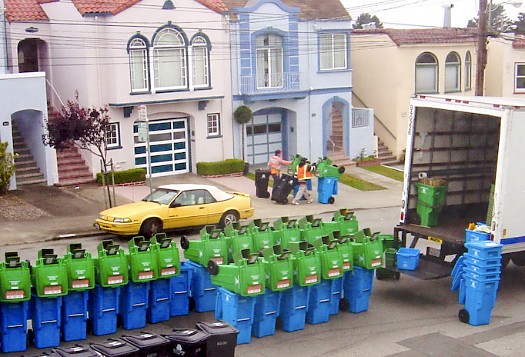
Recycling is a big part of life in San Francisco and the environmental department is proud to have one of the best programs in the nation. Their recycling collection program is “commingled” or “single stream” which means that all recyclable materials, such as paper, glass, plastic, and metal are accepted in one collection container or cart. The materials are then sent to Recycle Central, located at Pier 96 on San Francisco’s Southern waterfront, where they are separated into commodities that are sold to manufacturers that turn our discards into new products. San Francisco has created the first large scale urban collection of food scraps for composting in the country. Today, hundreds of thousands of residents and over 5,000 restaurants and other businesses send over 600 tons of food scraps and other compostable material each day to Recology’s Jepson-Prairie composting facility, shown above. Food scraps, plant trimmings, soiled paper, and other compostables are turned into a nutrient-rich soil amendment, or compost, that is used to produce the organic food and wine that San Francisco is famous for serving. Compostable food and paper products still make up more than 36 percent of the material that San Francisco sends to landfill.The goal is to divert even more compostable material from landfill.
Do you want more information? Go visit COOL 2012 (http://www.cool2012.com/) , a project dedicated to documenting the benefits of municipal compost programs. Or download Stop Trashing the Climate, a report detailing the climate change impacts of recycling and composting. To help San Francisco move closer to its goal of zero waste by 2020, the Mandatory Recycling and Composting Ordinance requires everyone in San Francisco to separate their refuse into recyclables, compostables, and trash. No one may mix recyclables, compostables, or trash, or deposit refuse of one type in a collection container designated for another type. All property owners are required to maintain and pay for adequate refuse service.
For more information please visit San Francisco environmental department website: http://sfenvironment.org/zero-waste.
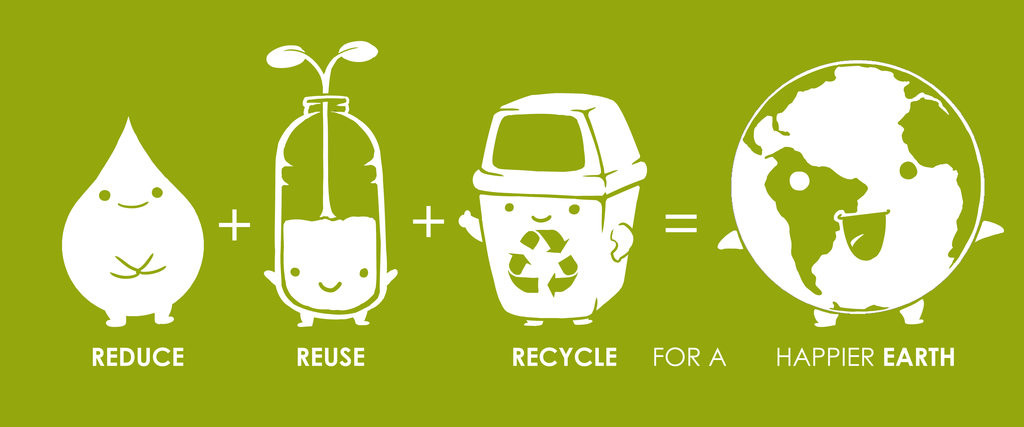
Are you interested about the topic zero waste?
I have an updated from 2017. Zero waste, from the US to the world.
Sustainable New York City: renewable energy Plans - 2012 /2020 updates
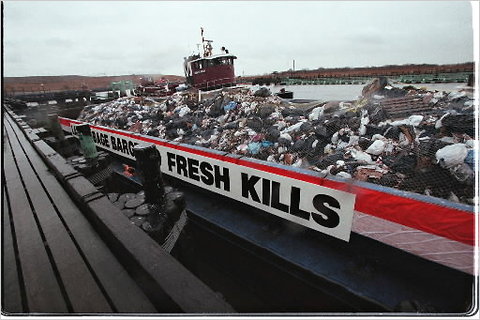
New York City is working to improve its energy consume. There is the possibility right now to generate 20 megawatts of renewable power, now that the city is soliciting bids to build and operate a wind farm and solar power plant there at Staten Island’s Freshkills Landfill.
City officials say the project at the closed landfill could generate enough energy to power 6,000 homes and would double the city’s renewable energy capacity. This was in 2012.

Now days I discovered with pleasure that Freshkills is now a Park, and it si expanding creating more space for outdoor activities, scientific research, art, education.
At 2,200 acres, Freshkills Park will be almost three times the size of Central Park and the largest park developed in New York City in over 100 years. Formerly the world’s largest landfill, this enormous park will one day hold a variety of public spaces and facilities, including playgrounds, athletic fields, kayak launches, horseback riding trails, large-scale art installations, and much more. The park is being built, and is scheduled to be opened in phases, through 2036.
The Freshkills Park Alliance supports the development of Freshkills Park, the growth of on-site research and education, guided tours, the arts, and recreational programming. Visit the Freshkills Park Alliance website for more information.
Progress
Schmul Park
This perimeter park has handball and basketball courts as well as a colorful playground with plenty of climbing equipment. It opened in September 2012. Learn more.
Owl Hollow Fields
Owl Hollow Fields, located on Arthur Kill Road, opened in May 2013. The fields consist of four soccer fields, a pathway, parking, and lawn space. A Park House will be added as part of an ongoing construction project.
New Springville Greenway
This 3.3 mile bike path winds along the eastern edge of Freshkills Park, paralleling Richmond Avenue. The greenway opened in August 2015.
North Park Phase 1
North Park, now in the first phase of development, will be a 21-acre swath of land connecting visitors to views of Main Creek and the William T. Davis Wildlife Refuge via divided walking and high speed paths. You can follow the development progress of North Park using the NYC Parks Capital Project Tracker.
Sustainable New York City: Jamaica Bay Wildlife Refuge and the Ospray Project

The wildlife refuge at Jamaica Bay in Queens is part of Gateway National Recreation Area, one of the few urban National Park Service properties in the country, and the banding operation was spearheaded by the National Parks of New York Harbor Conservancy, a nonprofit group.
A special guest of this refuge are the Osprays: large birds with dramatic brown and white markings and four-foot wing spans — occupy the top of the food chain, eating all kinds of fish, and are thus important indicators of the health of their environment.
Along with other birds of prey, they were decimated by the widespread use of the pesticide DDT in the 1950s and ’60s, which led to a thinning of eggshells. Once DDT was banned in 1972, however, ospreys began a remarkable comeback, especially in the Northeast. In 1976, New York State put the osprey on its endangered-species list. They were later downgraded to “threatened,” and in 1999 to “species of special concern.”
The first successful breeding pair of ospreys built a nest in 1991 on Jamaica Bay, one of the most significant bird sanctuaries in the United States, with some 330 species. Last year, there were more than a dozen active nests, most on top of manufactured platforms that rise 15 feet from the marsh.
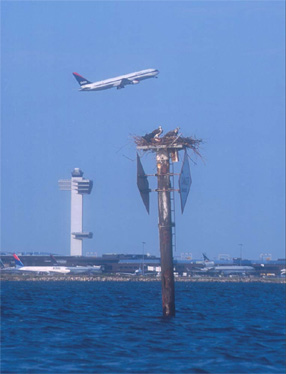
This new project is about Ospray’s movement tracking with Global Positioning System and a new Web site, Jamaicabayosprey.org, in June to follow the bird’s progress. This because “People could watch the osprey making forays from the nest to hunting sites, and then take off in September flying south,” said Dave Taft, the park service’s coordinator of the Jamaica Bay unit.
Going Green: From the Stone Age to the Strip
Sam Marquit, independent ‘green’ contractor and co-author of Fair Marquit Value is the autor of this post dated 2013.
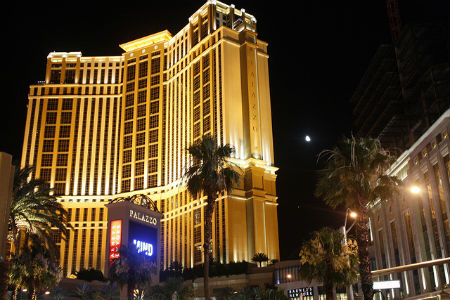
How a building is made, what it is made with, and how it will remain efficient over its lifespan are questions that date way back. Yet as contractors, we live in a world that is no longer content to let the answer to those questions be dictated solely by the bottom line. Instead, major new green initiatives have opened up a brand new age of eco-friendly construction.
Understanding the delicate balance that exists between the real world economy and the best of intentions is always a tricky proposition. The mission of Green America is to carefully weigh that balance and harness its power while simultaneously fostering a just and sustainable society. Utilizing the strength of the marketplace, Green America looks to end corporate irresponsibility through individual empowerment and collective action. In real-world terms, this process is two-fold and begins with promoting green, fair trade business practices in the US and abroad. Subsequently, Green America is committed to giving individuals purchasing and investment power to build green communities throughout the world.
In North Carolina, one of the most famous names in the world of hotels is also moving toward increasingly eco-friendly practices. The Ritz-Carlton of Charlotte boasts water conserving low-flow toilets and showerheads, as well as a host of energy-conserving processes that save as much as 30% of the energy expended by standard hotels. Perhaps most innovatively, the Ritz Carlton is home to a rooftop garden and over 60,000 honeybees. The many residents of the two fully contained beehives provide garden pollination and all-natural, chemical-free organic honey that is then served in the hotel’s restaurants and room service. 
From Ritz-Carlton to the elegant glamour of the Strip in Las Vegas, the Palazzo Hotel & Resort is proving that when it comes to eco-friendly building, even Sin City is getting in on the action. The Palazzo is filled with green initiatives including the ability to reuse its waste, a top of the line water recycling system, and solar panels for heating. For its efforts, the Palazzo has recently named the “Most Eco-Friendly Hotel in America.”
Many of the questions that face contractors are likely to stay the same long after the Modern Age has receded into a distant memory. Luckily, as we have seen, the ever-changing answer to those questions might just ensure that we have a future to look back from. It is important for this trend to continue. There are many encouraging signs that it will, especially with the new green Las Vegas hotels continuing to be built. Other organizations need to mimic the “green blueprints” of the Ritz-Carlton and the Palazzo.
Do you want Make your Home Greener? Here some good practice!
Would you like to offer more sustainable tourism? You should begin with the buildings. Following these good practices, you can make your home greener in one weekend!
1. Replace the weather stripping around all exterior doors. You can quickly reduce our energy consumption by keeping that heated or cooled air inside your domicile with new hither removing that leaks less than that old, worn-out stuff you’ve got on your doors right now.
2. Clean or replace all of the filters and vents within your system. Keeping the filters and vents fresh and free of debris is the easiest way to allow air to move through the system more accessible. This increased efficiency is more sustainable for the environment as well as more sustainable for your wallet.
3. Caulk both interior and exterior window trim. Light isn’t the only thing passing through those old windows of yours. Air can be travelling into or out of your house through tiny cracks in the old sealant. A fresh coat will keep the air your essentially paying for inside your place.
4. Go Low-Flow. New technologies for low-flow showerheads and toilets give you the ability to reduce the amount of water you use without having to suffer from a lack of performance with a shower head that uses less water with increased pressure.
5. Install an Energy Star certified programmable thermostat.
Do you need more info about how to make your home greener?
Go visit “Buildinggreener blog.”
